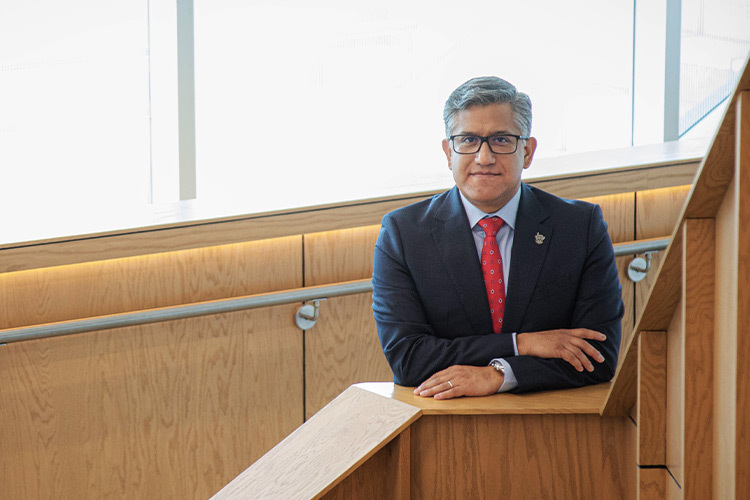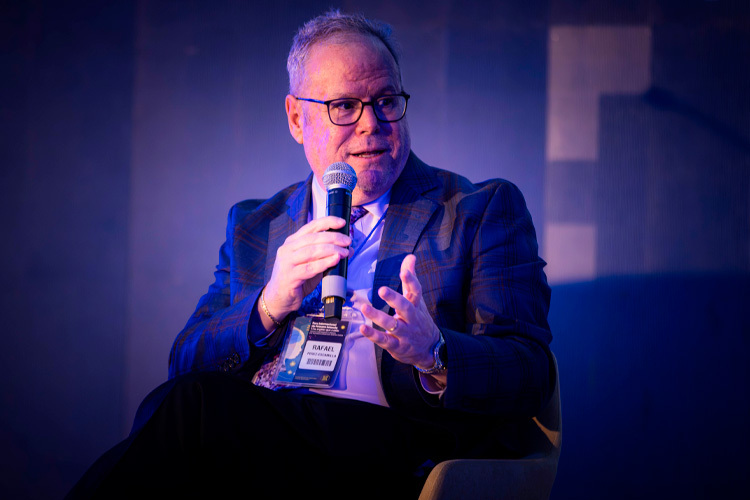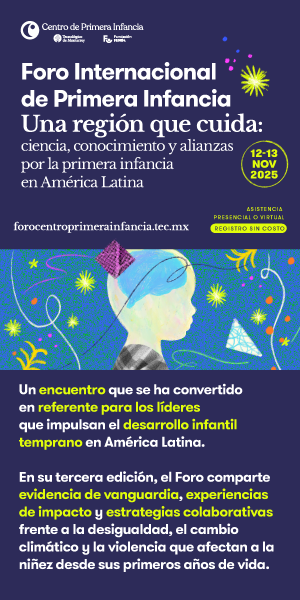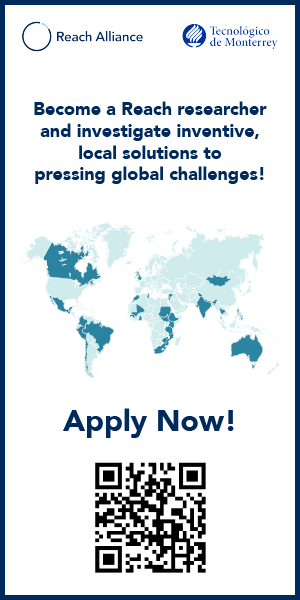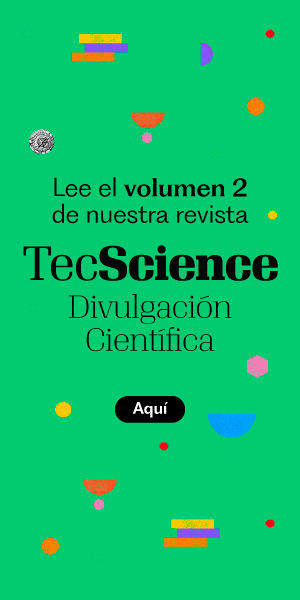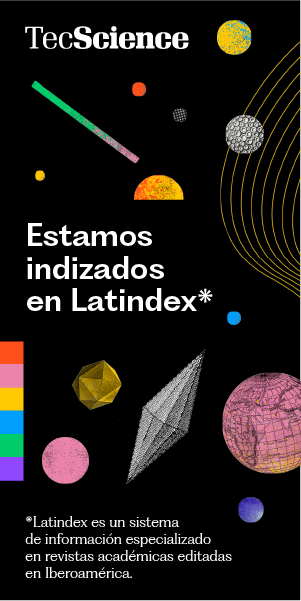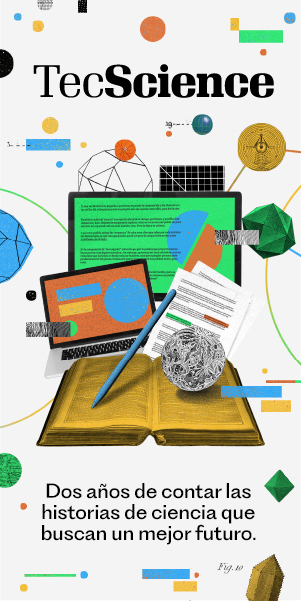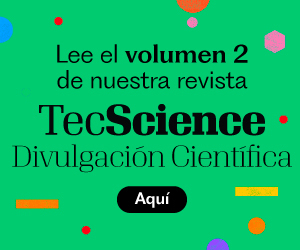More than 20 years ago, Javier Guzmán left his home in Mexico and began a journey that would eventually lead him to head research teams at one of the most influential companies in the global energy industry.
One of his most proud contributions is an applied science project that brought to market a technology for refineries and chemical plants. That technology now helps produce cleaner fuels and creates jobs for more people.
He recently returned to the country to take on the role of Executive Vice President for Research at the Tecnológico de Monterrey Education Group, where he aims to share his extensive industry experience to strengthen the scientific ecosystem and help develop solutions with real-world impact and social benefit.
Guzmán, who has a background in chemistry, spent more than 15 years at ExxonMobil, where he held senior roles in research and strategic leadership. During his time there, he promoted collaborations with several energy research centers at universities, including Stanford, Princeton, and the Massachusetts Institute of Technology (MIT).
“I see many similarities with top-tier research universities I worked with from the industry side—for example, in academic excellence, the spirit of entrepreneurship, and the strong commitment to research and scientific work coming from our leadership team,” said the Executive Vice President.
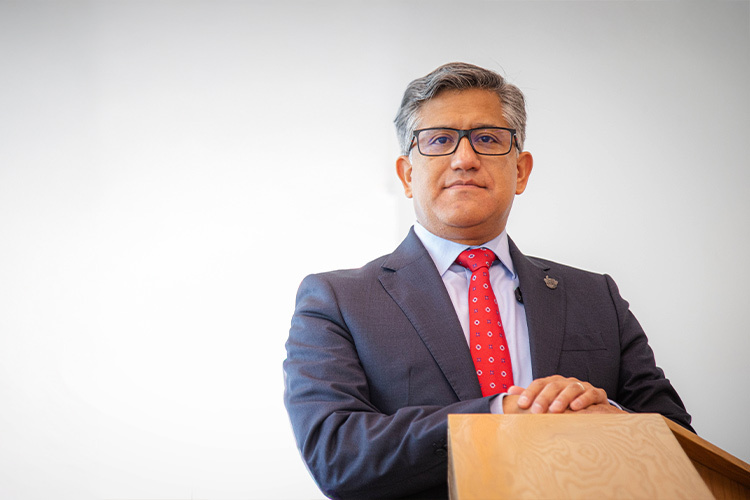
Turning Disadvantages into Opportunities
For Guzmán, Tec’s context within Mexico—while different from that of universities in Europe or the United States and sometimes perceived as a disadvantage—actually presents an opportunity that should be seized.
He notes that Mexicans are recognized worldwide for their resourcefulness in finding solutions, even when working with fewer resources than other regions might have.
Guzmán earned his degree in chemical engineering from Universidad Autónoma Metropolitana in Mexico, completed a Ph.D. at the University of California, Davis (UC Davis), and pursued postdoctoral studies at the Institute of Chemical Technology in Valencia, Spain. In the energy industry, he led teams of more than 1,500 scientists and engineers. He was recently appointed president of the North American Catalysis Society and serves on the Basic Energy Sciences Advisory Committee of the U.S. Department of Energy. He also holds more than 30 U.S. patents and patent applications, along with over 60 scientific publications.
As Executive Vice President for Research at the Tecnológico de Monterrey Education Group, he shares his vision for how this scientific ecosystem can help drive social well-being and development through innovation and robust applied research. This includes fostering stronger ties with industry to find solutions to the challenges facing society collaboratively.
He also aims to expand the reach of research into diverse fields, including healthcare, environmental issues, advanced manufacturing, supply chains, and mobility.
In addition, he’s working to promote internationalization so that Tec can become a global leader in research by strengthening and advancing strategic partnerships with other universities and scientific centers.
“There are opportunities to innovate in sectors that perhaps haven’t received enough visibility. That doesn’t mean we’re not already working in them—it means we can refine our focus and amplify their development.”
One example is the oriGen project, in which researchers successfully gathered genetic data from 100,000 Mexicans. Guzmán explains that the next step is to launch initiatives that harness and build upon this genetic information through health research and the application of technologies such as artificial intelligence and data science.
Collaborating with Industry
When it comes to strengthening the relationship between the research ecosystem and industry, Guzmán believes that while these may seem like separate worlds—sometimes even at odds—they can, in fact, complement each other.
At Tec, he now seeks to promote strategies that foster mutual understanding. While their missions may differ, research provides a common ground where shared goals and collaborative efforts can emerge.
“When we work together, we can achieve remarkable things. Part of my previous role involved coordinating efforts so that universities, research centers, and industry—not just the one I worked in, but others in the area—could come together to find common ground and thematic areas that served everyone. When that alignment happened, it created significant scientific and commercial value.”
Guzmán also highlights Tec’s strong commitment to fostering science- and technology-based entrepreneurship—with more than 26 startups launched—and to creating spaces like the Expedition FEMSA building, where talent, research, and investment converge to give rise to new ventures.
Being the Catalyst That Makes Reactions Happen
The next step, Guzmán says, is to learn from international ecosystems that have already matured—drawing on their best practices and promoting collaboration with innovation districts in other parts of the world. The institution is also focusing on attracting major investors to showcase the potential of its innovations for developing new technologies, services, and job opportunities.
“Our talent is as strong—or stronger—than what you find in any other country. Just like in chemistry, we have to promote those ‘collisions’ between molecules so that reactions can occur; we need to be the catalyst that makes things happen faster. I have no doubt we have the capability and the research at that level—we need to make those international partnerships the spark that drives research forward.”
The key, he says, is to be strategic in choosing collaborations that bring value—whether in the short or long term—for both the partner university or institute and for Tecnológico de Monterrey’s Education Group. That means leveraging the expertise of faculty and researchers, as well as the excellence of students who are ready to thrive anywhere in the world.
Many of the technologies people now take for granted—like smartphones, medical treatments and devices, and more recently, electric vehicles and artificial intelligence—were once the result of breakthroughs in applied science.
They were born in the lab and, over time, transferred into society to bring widespread benefit, Guzmán points out. That’s the story he hopes to help replicate with his return to Mexico: using research across multiple fields to help shape what the world will look like in the coming decades.
“Looking ahead, I hope the research we do within the Education Group will have a real impact—on society, on our communities, on the companies we work with, and on governments. I believe we’re on that path; we’ve set goals and we’re making progress toward them. It’s a long-term vision—one that sees research not just as possible, but as a true force for change in society.”
Did you find this story interesting? Would you like to publish it? Contact our content editor to learn more at marianaleonm@tec.mx
